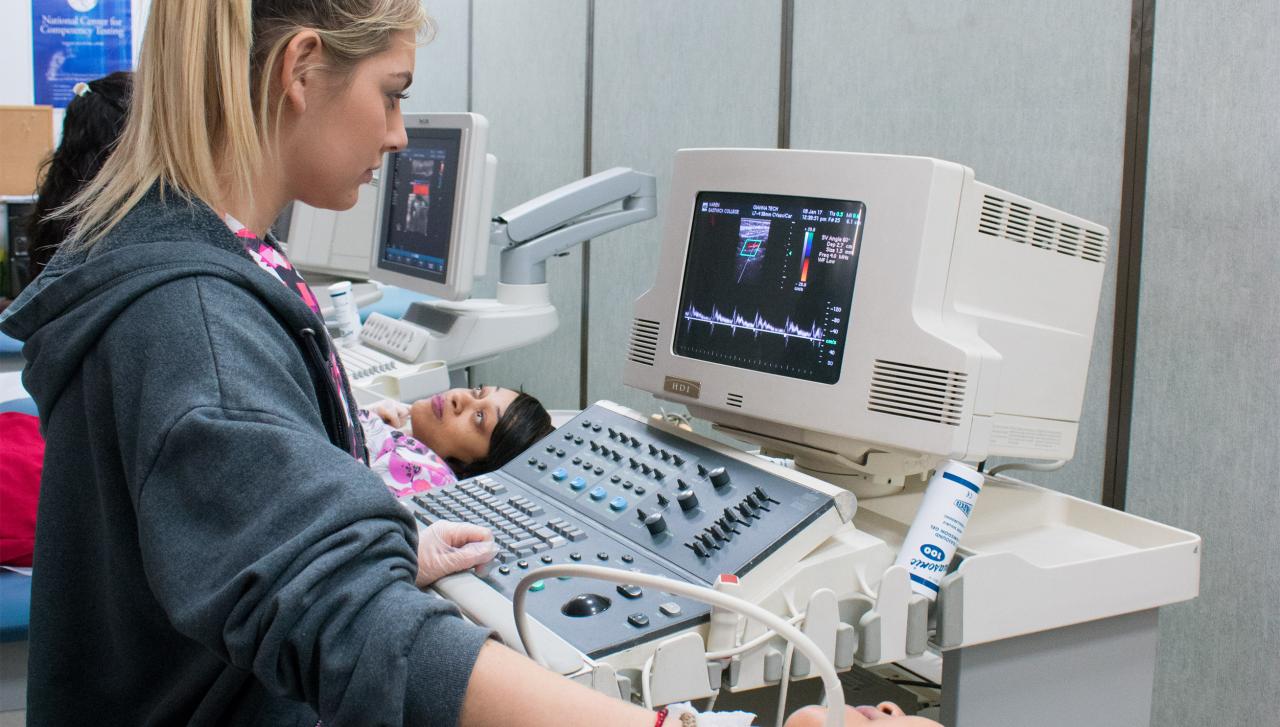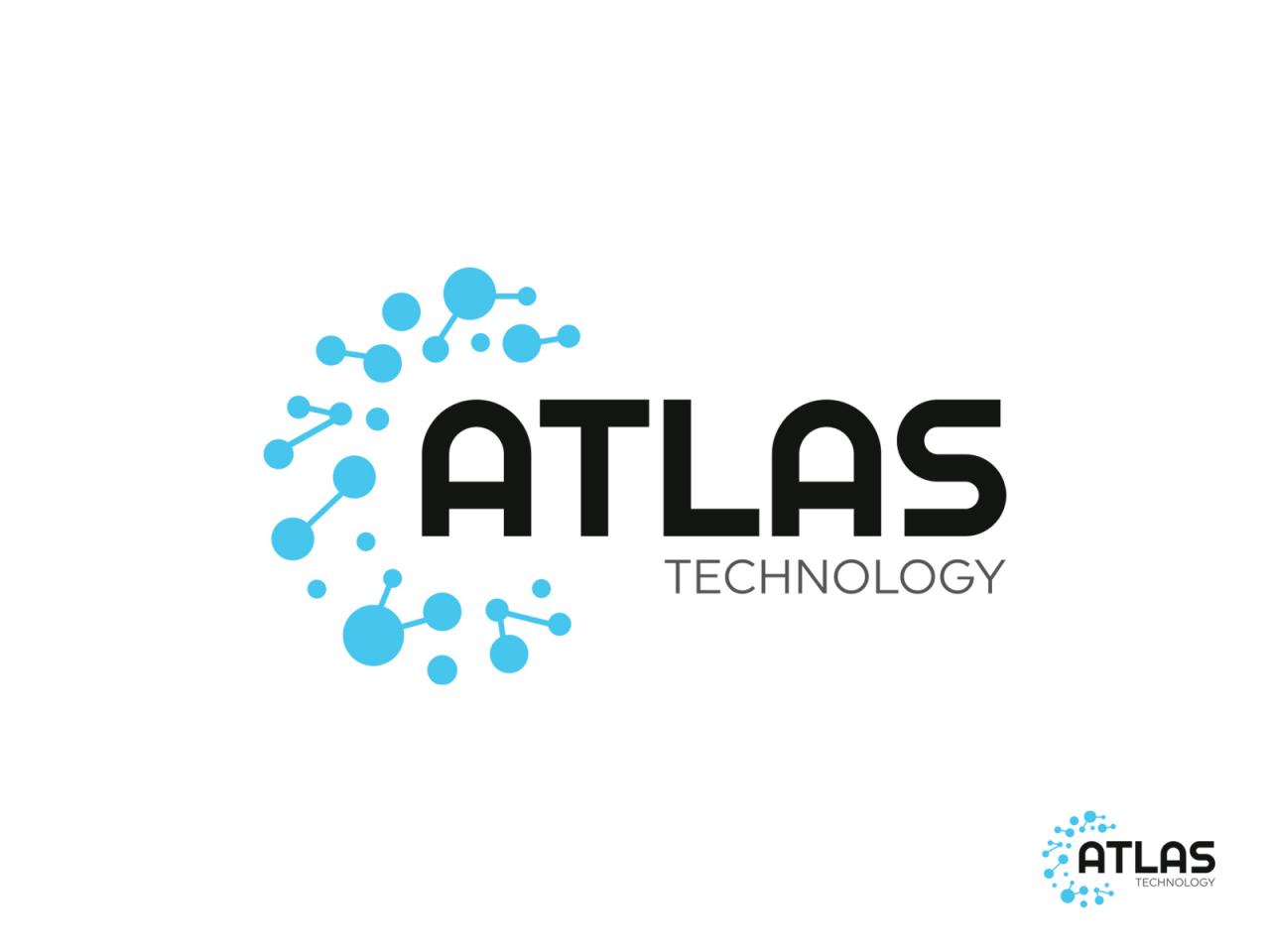Assistive Technology and Reading: Empowering Every Reader
Assistive technology and reading go hand in hand, revolutionizing how individuals access and comprehend written information. This powerful combination empowers learners of all abilities, fostering a more inclusive and accessible […]
Assistive technology and reading go hand in hand, revolutionizing how individuals access and comprehend written information. This powerful combination empowers learners of all abilities, fostering a more inclusive and accessible reading landscape.
From screen readers that vocalize text to text-to-speech software that transforms digital documents into audio, assistive technology offers a diverse range of tools tailored to meet individual needs. These technologies break down barriers, allowing individuals with learning disabilities, visual impairments, or other challenges to engage with reading in a meaningful and empowering way.
Future Trends in Assistive Technology for Reading

The field of assistive technology for reading is rapidly evolving, driven by advancements in artificial intelligence, virtual reality, and user interface design. These innovations hold immense potential to enhance reading experiences for individuals with diverse learning needs and disabilities.
The Role of Artificial Intelligence in Enhancing Reading Experiences
Artificial intelligence (AI) is poised to revolutionize assistive technology for reading. AI-powered tools can personalize reading experiences by analyzing a reader’s strengths and weaknesses, providing tailored support. For instance, AI can:
- Adapt reading difficulty: AI algorithms can dynamically adjust the complexity of text based on a reader’s comprehension level, ensuring optimal engagement and understanding.
- Provide real-time feedback: AI-powered systems can offer instant feedback on reading performance, identifying areas for improvement and suggesting strategies for enhancement.
- Enhance accessibility: AI can convert text to speech, translate languages, and generate alternative formats like audio books, making reading accessible to individuals with visual impairments or learning differences.
The Future of User Interfaces and Accessibility Features
User interfaces (UIs) are becoming increasingly intuitive and accessible, empowering readers to navigate and interact with assistive technology seamlessly. Advancements in UI design include:
- Voice-activated interfaces: Voice commands and natural language processing enable users to control assistive technology hands-free, promoting independence and accessibility.
- Gesture-based interfaces: Intuitive gestures and movements can interact with assistive technology, enhancing usability for individuals with motor impairments.
- Personalized settings: Users can customize settings like font size, color contrast, and reading speed, tailoring the reading experience to their individual preferences and needs.
Challenges and Opportunities in the Development and Implementation of Assistive Technology for Reading, Assistive technology and reading
The development and implementation of assistive technology for reading present both challenges and opportunities.
- Data privacy and security: AI-powered systems collect user data, raising concerns about privacy and security. Robust data protection measures are crucial to ensure responsible use of assistive technology.
- Accessibility and affordability: Ensuring accessibility and affordability of assistive technology is paramount. This requires collaboration between developers, educators, and policymakers to bridge the digital divide.
- Integration with existing learning environments: Integrating assistive technology seamlessly into existing learning environments is essential for its effective adoption and impact.
Closure: Assistive Technology And Reading
As technology continues to evolve, the future of assistive technology in reading holds immense promise. The integration of artificial intelligence and virtual reality has the potential to create even more personalized and immersive reading experiences, further enhancing accessibility and inclusivity. By embracing the transformative power of assistive technology, we can ensure that everyone has the opportunity to experience the joy and fulfillment of reading.
Assistive technology has revolutionized reading for many, offering tools to overcome challenges like dyslexia or visual impairments. To stay ahead of the curve in this field, consider attending one of the many technology conferences Chicago has to offer. These events showcase the latest advancements in assistive technology, providing valuable insights into how these tools can be further developed and utilized to empower readers of all abilities.




